A2898
4-aminobiphényl
≥98%
Synonyme(s) :
4-biphénylamine
About This Item
Produits recommandés
Niveau de qualité
Essai
≥98%
Forme
solid
Température d'inflammation spontanée
842 °F
pb
191 °C/15 mmHg (lit.)
Pf
52-54 °C (lit.)
Chaîne SMILES
Nc1ccc(cc1)-c2ccccc2
InChI
1S/C12H11N/c13-12-8-6-11(7-9-12)10-4-2-1-3-5-10/h1-9H,13H2
Clé InChI
DMVOXQPQNTYEKQ-UHFFFAOYSA-N
Informations sur le gène
human ... UGT1A4(54657)
Vous recherchez des produits similaires ? Visite Guide de comparaison des produits
Application
- Induces DNA damage (carcinogen) in human bladder carcinoma cells and bladder tissue in mouse
- Synthetic amine ligand for enrichment, depletion and one-step purification of leech proteins
Actions biochimiques/physiologiques
Mention d'avertissement
Danger
Mentions de danger
Conseils de prudence
Classification des risques
Acute Tox. 4 Oral - Carc. 1A
Code de la classe de stockage
6.1C - Combustible acute toxic Cat.3 / toxic compounds or compounds which causing chronic effects
Classe de danger pour l'eau (WGK)
WGK 3
Point d'éclair (°F)
235.4 °F - closed cup
Point d'éclair (°C)
113 °C - closed cup
Équipement de protection individuelle
Eyeshields, Faceshields, Gloves, type P3 (EN 143) respirator cartridges
Faites votre choix parmi les versions les plus récentes :
Déjà en possession de ce produit ?
Retrouvez la documentation relative aux produits que vous avez récemment achetés dans la Bibliothèque de documents.
Articles
Cancer research has revealed that the classical model of carcinogenesis, a three step process consisting of initiation, promotion, and progression, is not complete.
Protocoles
US EPA Method 8270 (Appendix IX): GC Analysis of Semivolatiles on Equity®-5 (30 m x 0.25 mm I.D., 0.50 μm)
Notre équipe de scientifiques dispose d'une expérience dans tous les secteurs de la recherche, notamment en sciences de la vie, science des matériaux, synthèse chimique, chromatographie, analyse et dans de nombreux autres domaines..
Contacter notre Service technique
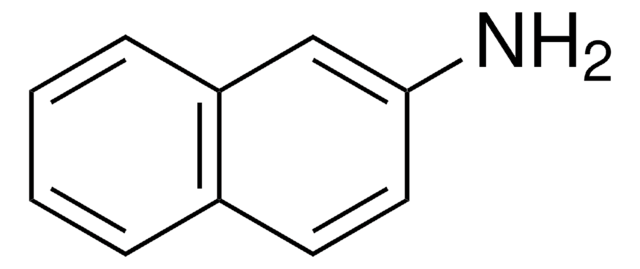
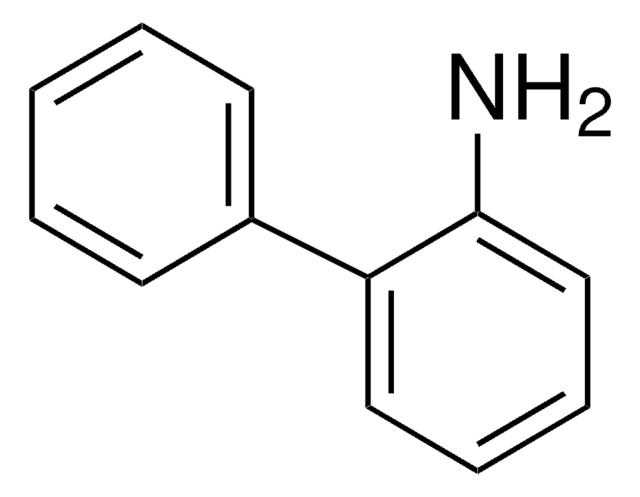
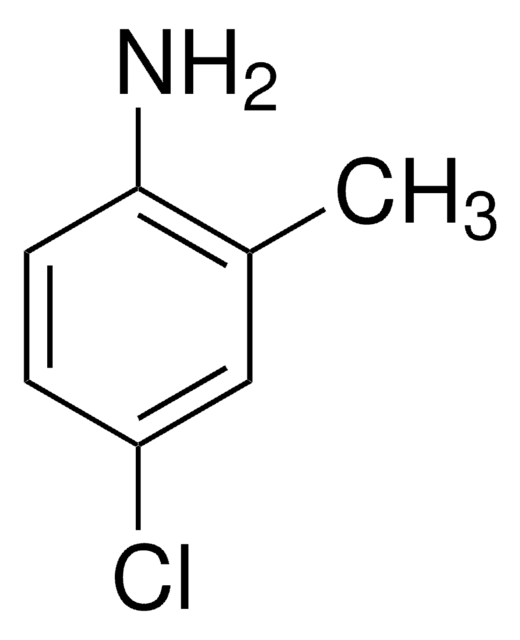
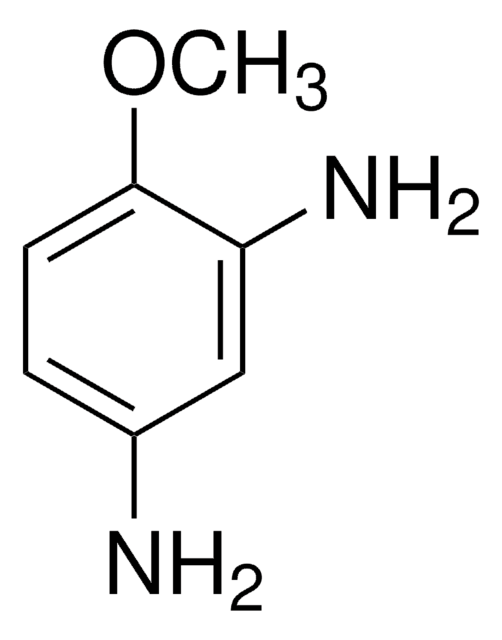
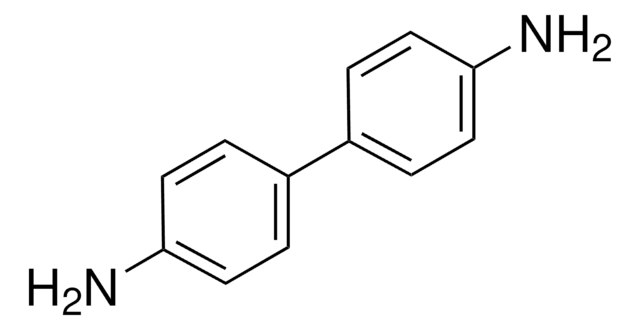

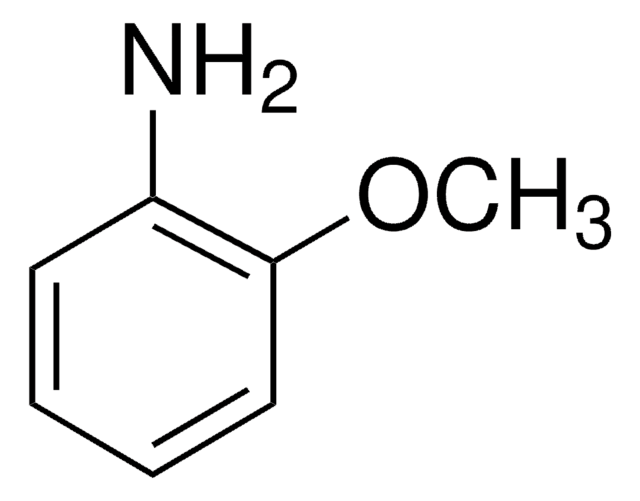
![Benzo[a]pyrène ≥96% (HPLC)](/deepweb/assets/sigmaaldrich/product/structures/253/820/be96d879-1811-46c0-8f11-612019691c2d/640/be96d879-1811-46c0-8f11-612019691c2d.png)

